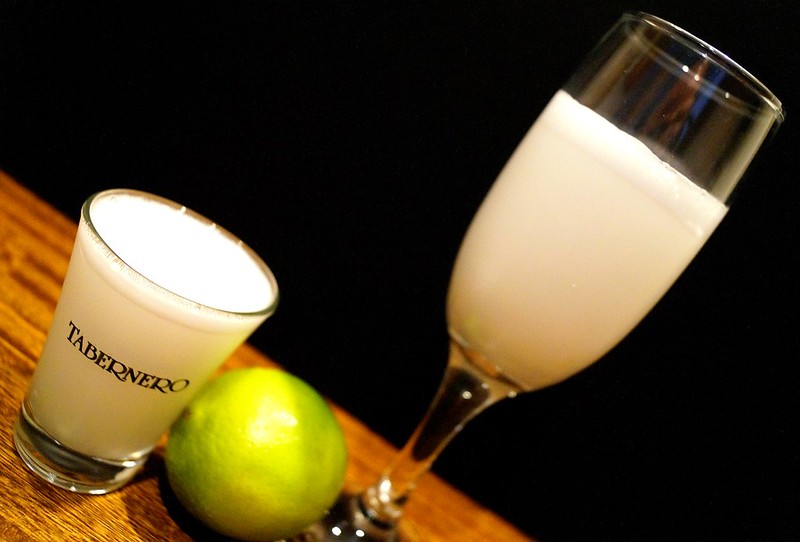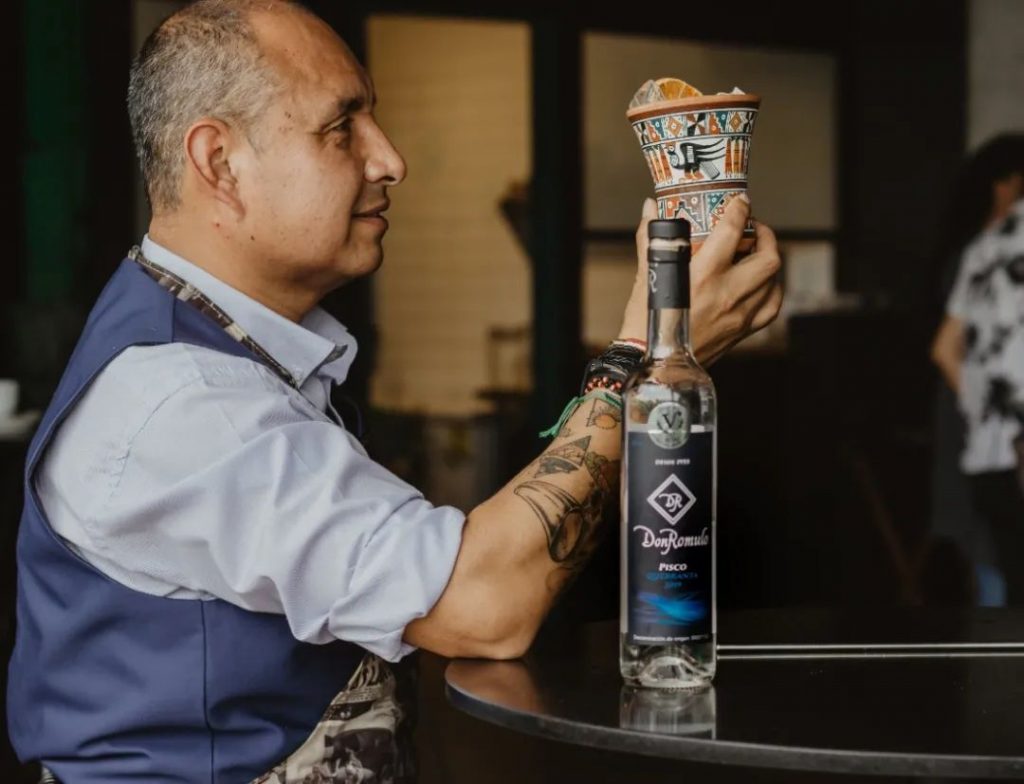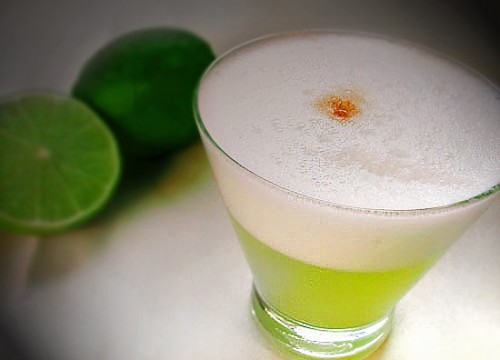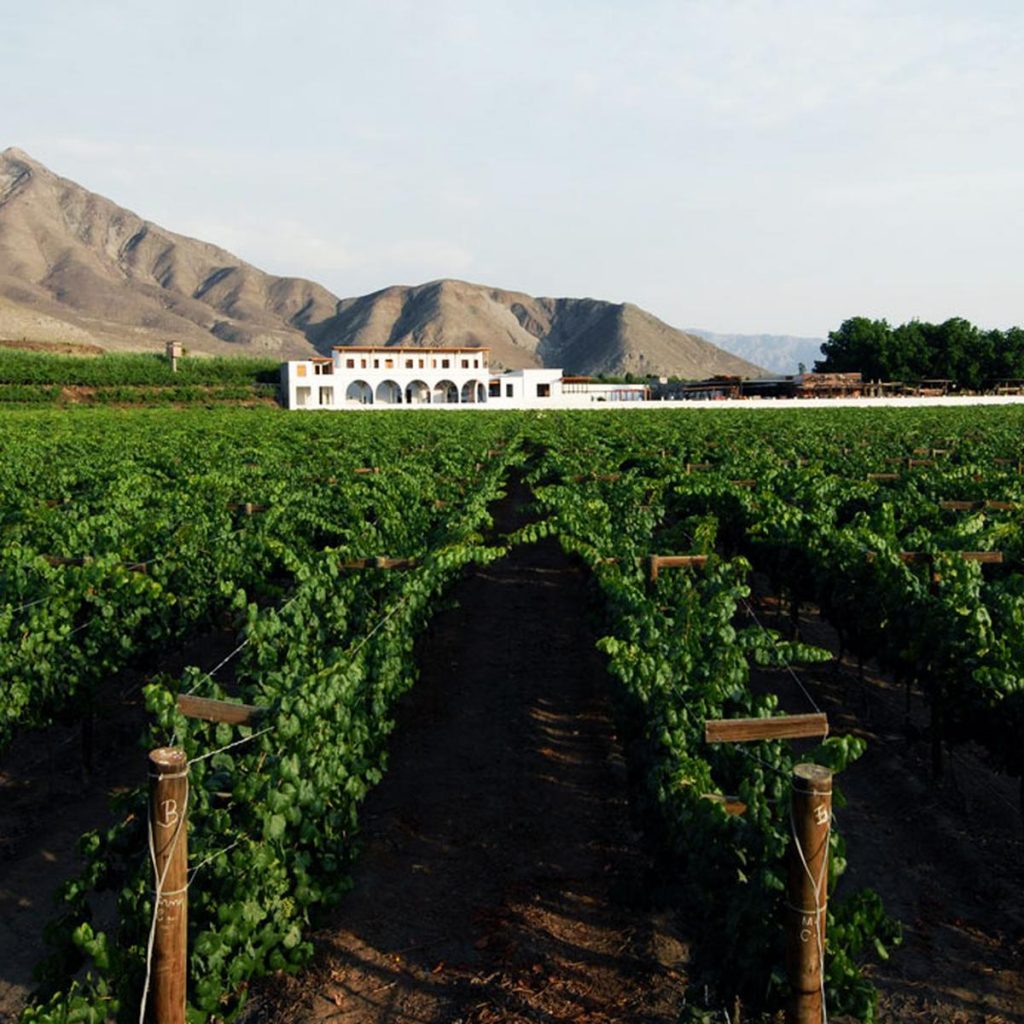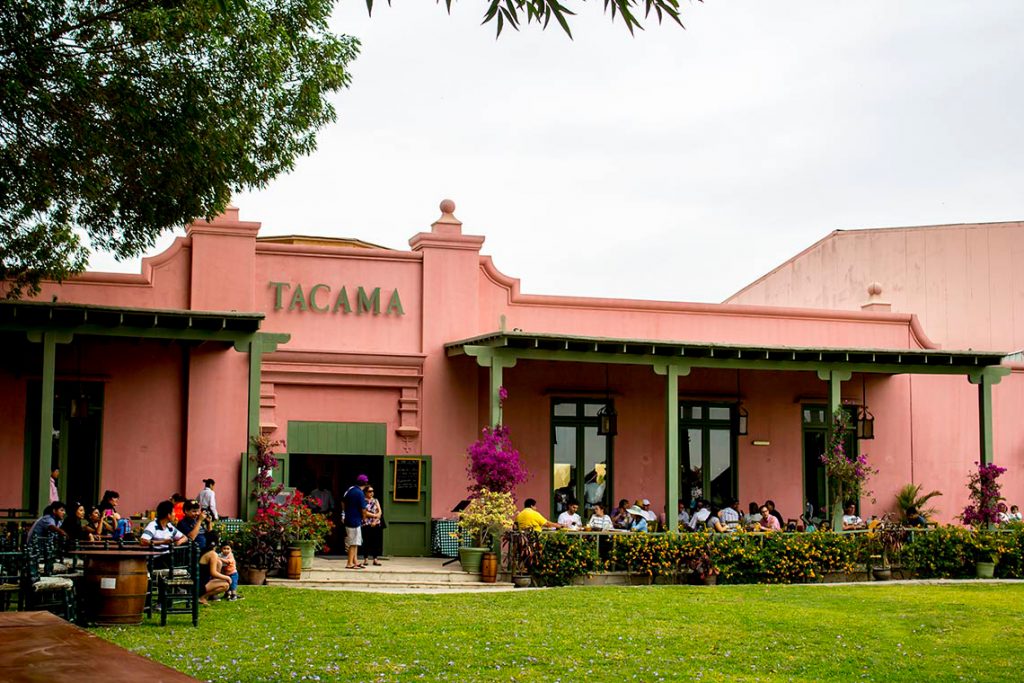In the heart of the Ica Valley, there’s a small village steeped in history and customs that holds the key to enjoying one of Peru’s proudest items: Pisco, and the drink named after it. If you’re coming to Peru, or you’re a lover of culture and delicious drinks, undoubtedly you must try the Pisco in the “Pisco Route” that we’ll show in the following lines.
Pisco is a colorless Peruvian spirit that began its production in the sixteenth century, when Spanish invaders introduced winemaking techniques from Europe, and the place that housed its birth was Pisco Town.
However, let’s see first some history, so you’ll realize why Peruvians love this drink and, most of all, why we feel so proud about it.
Pisco, the origin
Locals called birds pisco, pisku, phishgo, or pichiu in Quechua before the Spanish came. Ica, Nazca, and Pisco valleys have been called this bird like that for centuries. In the Pisco Valley, an ancient society called Nazca was famous for its ceramics and pottery. Among their creations, they made pitcher-like vessels called “piskos.”
Since then, one of these clay items has been a container or amphora. They were used to hold many types of drinks, including alcohol, so, the first grape brandy was kept in piskos, the liquid that eventually took on the name of its container.
Kinds of Pisco and derivates
The town and surrounding region enjoy a warm climate suitable for the Pisco production process. The Pisco tradition is over 500 years old. One of its secrets is the variety of grapes in Peru. There are 4 types of sweet grapes: Quebranta, Moscatel, Italia, and Albilla.
Grape distillates represent the essence of pisco, and the Ica Valley has refined the process over time. Grapes are harvested, fermented, and distilled to produce this elixir, which has captivated many people.
Each kind of grape offers different ingredients for Pisco. This makes Pisco more versatile. As proof, we have the three kinds of Pisco we have available:
First, we have Pisco Puro (Pure Pisco), made from a single grape type, mostly the “Quebranta Type”. This is why Pisco made only from this kind was once known as “puro de Ica”.
Then, we have the “Acholado”, produced from two or three types of grapes, resulting in a “ blended” spirit drink.
-Finally, we have the “Mosto Verde”, the finest pisco, made from the same kind of aromatic grape, its flavor is thanks to the pisco being made before the grape ends the fermentation process.
Thanks to these types of Pisco, we can make the most delicious cocktails that we’ll assure you will delight your palate
First, we do have the Pisco sour. It is the most famous and popular drink made with pisco. It is considered Peru’s national drink and is renowned among Peruvians. Pisco, syrup, lemon juice, and eggs are combined to make this simple yet exquisite drink.
Recently, el Chilcano de Pisco has increased its popularity. This simple andtasty cocktail consists of pisco, ale, ice, and a few drops of lime juice.
The Machu Picchu Pisco cocktail was inspired by the colors of the Tawantinsuyo flag (the Incas’ name for their empire), It is undoubtedly Peru’s most visually appealing liquor. The Machu Picchu has a pisco base. It also has layers of grenadine, orange juice, and menthe. The aromatic and tasty cocktail for anyone with a sweet tooth.
The Algarrobina cocktail is like a punch. It contains pisco, eggs, milk, and typical Peruvian Algarrobina. This syrup comes from the black carob tree. This drink is common after having a good meal or at events with family. Those were just some examples of the varieties of cocktails you can make from Pisco.
The Pisco Route
We’ve been discussing Pisco’s history and types. Now, let’s see how to make the most of your trip to Ica, the birthplace of Pisco. It’s home to famous and ancient vineyards. On the Pisco route tour, you’ll be able to visit three famous wineries such as El Catador.
El Catador is a typical vineyard on the outskirts of Ica, producing wines and piscos since 1856. This facility offers a complete experience, including learning about the actual distilling process, sampling distinctive drinks, and exploring the Pisco cellar. El Catador has garnered numerous honors for its products, which include the Semi-Prepared Pisco Sour and La Fina Crema de Pisco.
Bodega Vista Alegre is another famous Pisco winery known for its large-scale production in the country. It produces about 5 million liters of pisco each year. It aims for a more modern distillation process.
This bodega is a family business founded in the XIX century by the Picasso Brothers who settled in the region around the 1850s. Besides offering the finest Piscos, it also offers high-quality wines.
Finally but not least, we have Bodega Tacama, the first vineyard in South America, founded by Francisco de Carabantes in 1540. The Convent of San Agustín in Ica, a well-preserved colonial edifice, serves as the headquarters for this well-known winery.
Here you can learn about the history of pisco, beginning in 1776 when the Spanish monarchy restricted wine imports to Peru. The vineyard has a total area of 180 hectares surrounded by deserts 300 kilometers from Lima and 400 meters above sea level. Bodega Tacama is among the most prominent vineyards in the country.
On this guided tour, you’ll get knowledge about Pisco, its history tradition, and of course the tasting of Piscos and wines made in the same wineries. In case the pisco tasting wasn’t enough for you, you can buy the excellent products they offer.
Pisco has as first letter P from Peru. For us, Peruvians, the Pisco is more than a drink. Pisco is tradition, culture, and “Peruanidad” (Peruvian identity.) Viagens Machu Picchu is proud to offer tours to the Ica region, its surroundings, Pisco, and the whole of Peru. Travel with us, embark on the Pisco and Peru adventure, and remember that the Pisco is Peru contained in a cup!


